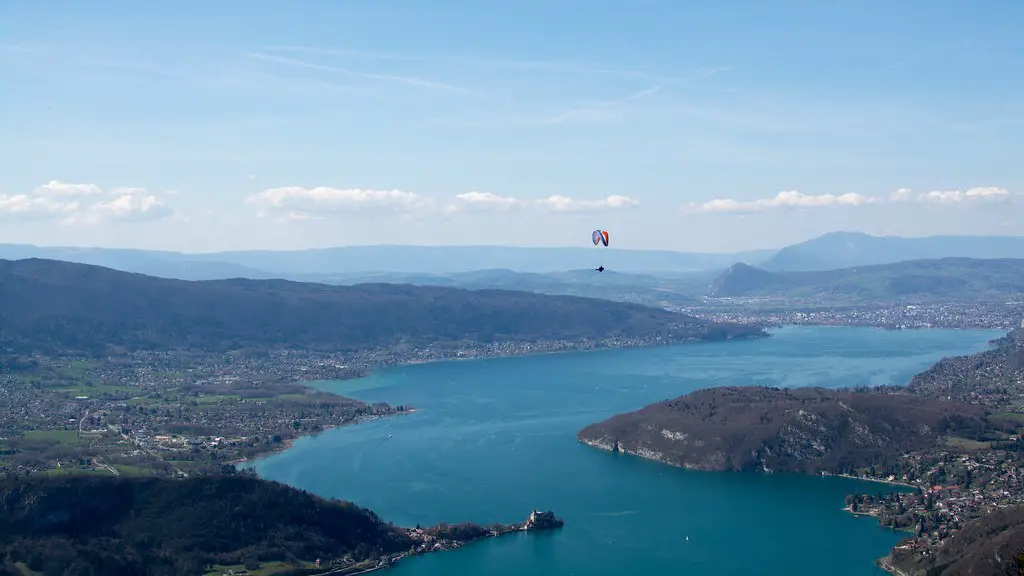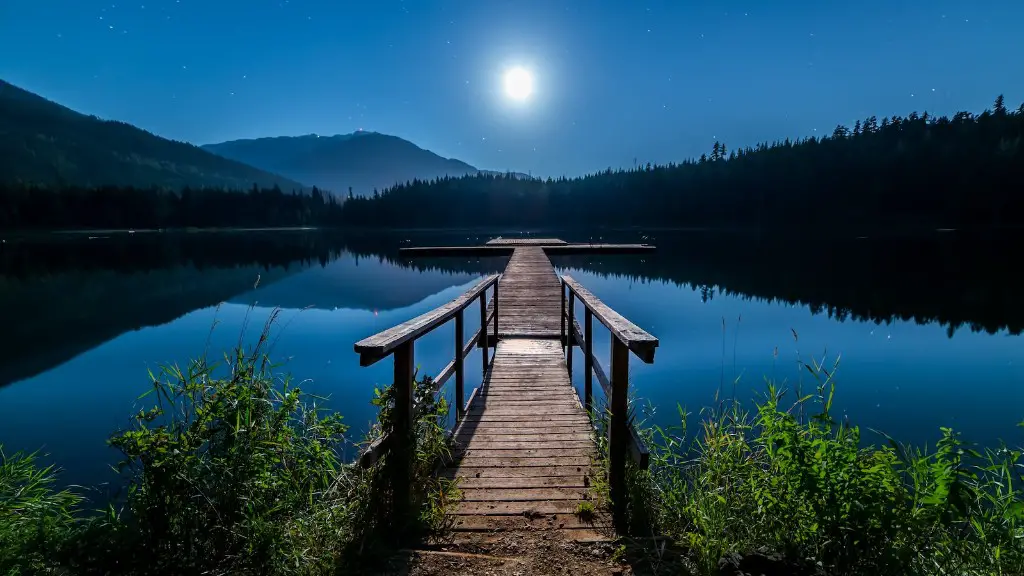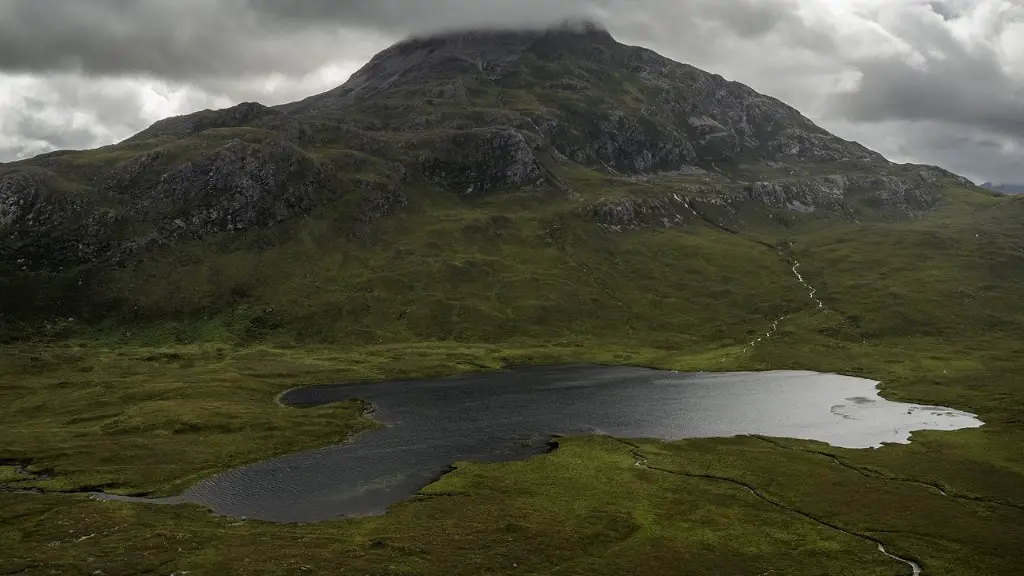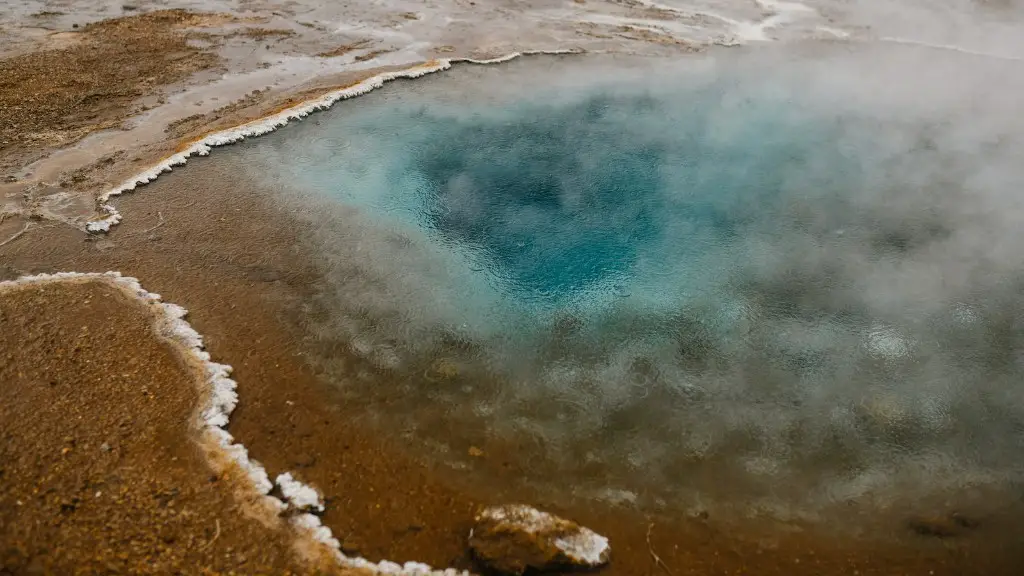At a maximum depth of 1,335 feet, Lake Superior is the deepest and largest of the five Great Lakes by volume. It’s also the second largest freshwater lake in the world, covering an area of 82,414 square miles on the Canadian/U.S. border. With depths well over 100 feet in many locations, the lake covers depths unseen in many parts of the world. The lake’s deepest point, located near Isle Royale National Park in northwestern Ontario, provides a glimpse into a world that not many get to experience.
Lake Superior’s maximum depth is 1,335 feet, which is over three times the depth of Lake Michigan, its nearest neighbor. In order to support such depths, Lake Superior has a maximum volume of 2,900 cubic miles. This is about three times the volume of any other Great Lake. Lake Superior’s average depth is 483 feet, which far surpasses the average depth of Lake Michigan (279 feet).
In addition to being one of the deepest bodies of water in the world, Lake Superior is also known for its extreme cold temperatures. During the winter months, the surface of the lake can become several degrees below freezing, while the temperatures at deeper levels often sink to around 38 degrees Fahrenheit. Despite its freezing waters, the lake is home to a wide variety of fish species, such as lake trout and cisco.
The extreme depths and cold temperatures of Lake Superior make it a unique aquatic ecosystem. Researchers have discovered that the lake is home to a variety of organisms which can only survive in extreme environments. One of the lake’s most notable characteristics is the cold water current which flows from the lake into Lake Huron. The cold water from Lake Superior helps to keep Lake Huron’s temperatures relatively low.
Despite its extreme depths and temperatures, Lake Superior remains one of the most popular freshwater destinations in the world. The lake’s extensive shoreline and crystal clear waters draw in visitors from all over the globe. Anglers enjoy the lake’s excellent fishing, while boaters and sailors take advantage of its expansive waters.
Tourism in Lake Superior
Tourists come to Lake Superior to take in its vast size, stunning views, and unique ecosystems. The area around the lake is filled with natural parks, game reserves, and state forests. Tourists can also explore the many preserved lighthouses and watch the countless birds which flock to the region in the spring and summer months.
In addition to its natural beauty, tourists can also find plenty of other attractions around Lake Superior. There are dozens of marinas, resorts, and campgrounds that provide visitors with access to the lake’s many recreational activities. From boat tours to secluded beaches, there’s something for everyone around Lake Superior.
The area’s local towns and cities provide visitors with plenty of cultural experiences. The region is home to a number of art galleries, museums, and historic sites. Visitors can also sample the fine cuisine, check out the craft breweries, and shop in the many quaint boutiques.
Aquaculture in Lake Superior
Lake Superior’s exceptional depths, high productivity, and cold temperatures all make it an ideal location for aquaculture. A number of companies have established fish farms on the lake, growing a wide variety of fish species in its waters.
The lake’s waters are filled with a variety of species which attract sport fisherman, aquaculture operations, and other recreational activities. The lake’s excellent water clarity, mild currents, and diverse habitats provide a safe environment for farmed species to thrive.
Companies around the lake have begun to develop sustainable aquaculture practices. These include efforts to reduce waste, improve water quality, and decrease nutrient runoff from fish farms. Companies are also exploring alternative sources of feed for farmed species to reduce their dependence on wild stocks.
The aquaculture industry around Lake Superior has also begun to explore new technologies, such as farm-raised rafts, deep-water pens, and open-ocean cages. These new approaches offer more efficient and effective methods of producing fish and will help the aquaculture industry grow in the future.
Environmental Implications
Despite its wide range of benefits and potential, Lake Superior’s extraordinary depths have not come without environmental implications. Low winter temperatures combined with the added pressure of the water can cause stress and mortality in some aquatic species. In addition, the increased light penetration which occurs at extreme depths can promote the growth of invasive species and lead to disruptions in the lake’s ecosystem.
Mining operations near the lake have also had an impact on the lake’s depths. Sediment, mercury, and other pollutants from mines have been known to settle on the lake’s bottom, affecting the delicate ecosystem and reducing the lake’s clarity.
The combination of human activities and extreme depths mean that it is important for people to use caution when visiting Lake Superior. Regulations are in place to protect the lake’s ecosystem from further disruption and visitors should be aware of their impact when exploring the lake’s depths.
Climate Change
Climate change will have a significant impact on the future of Lake Superior. As the planet continues to warm, the lake’s maximum and average depths are both expected to increase. This will result in more extreme temperatures at deeper levels and could lead to an increase in invasive species.
In addition, the lake’s intense cold temperatures could be greatly impacted by climate change. A warmer lake could cause more winter icecover, which would have a significant effect on the lake’s habitats. The lake’s unique ecosystems and species could be greatly affected by these changes, potentially leading to drastic declines in biodiversity.
Conclusion
At a maximum depth of 1,335 feet, Lake Superior is one of the world’s deepest and most fascinating bodies of water. With its extreme depths and cold temperatures, the lake provides a unique aquatic habitat and an environment unlike any other. Despite the environmental implications of such depths, Lake Superior still attracts visitors from all over the world, eager to explore its crystal clear waters and diverse ecosystems. From fishing and boating to simply exploring its immense depths, visitors will never tire of discovering the wonders of Lake Superior.




